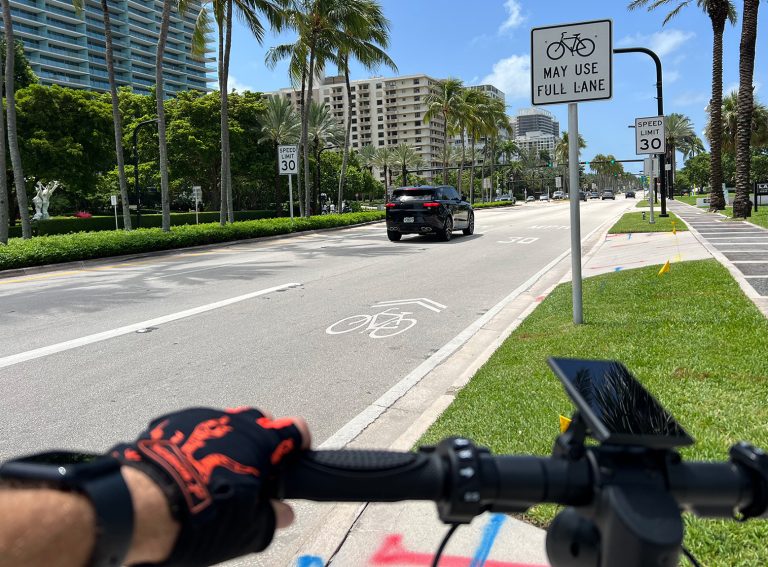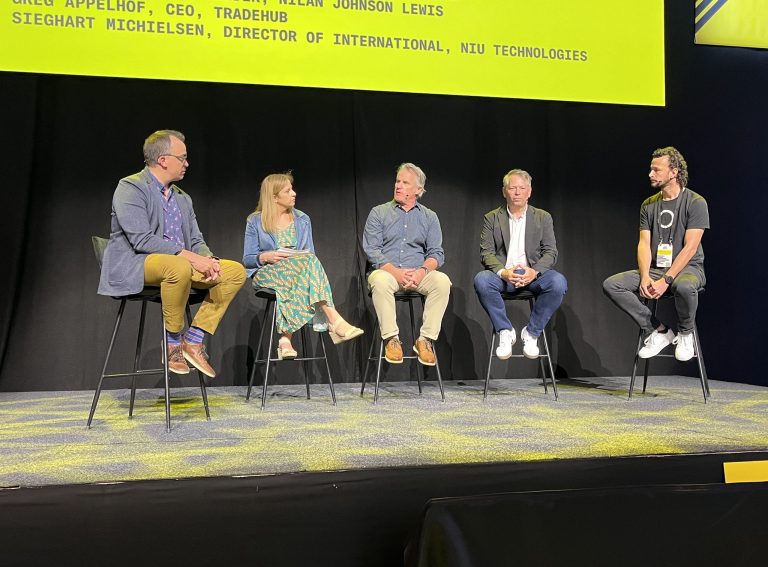Author: Andrew Fleury, CEO and Co-Founder, Luna Systems
2019 was a banner year for shared micromobility. Growth was at its highest since shared scooter schemes first landed, but it was also a year mired by safety challenges. Sitting in our offices in Dublin, we set to work to apply our two decades experience in the area of telematics and smart fleet tech to try to combat three core challenges that were holding the industry back: sidewalk riding, collisions and disorderly parking.
Although these problems persist, perhaps the following will lend more colour on the context of the technology’s scale versus the current economic scene.
When we first set off on this journey, the external view was that Computer Vision almost seemed like a futuristic prospect. The idea that AI-powered cameras could solve these problems seemed almost too good to be true.
Today, there is now a much greater level of industry appreciation of this technology, as well as investment in this space. Whether through suppliers like ourselves, or in-house developments, real world tests have helped operators and cities gain a clearer understanding of how Computer Vision can support them.
Demand continues to increase from operators, but the need is also reflected in city tenders, such as Madrid and most recently San Francisco which has moved to make the technology mandatory.
We have now arrived at the point where the focus is no longer on the tech’s feasibility, but rather on how it can be economically scaled and optimally deployed to make a tangible and measurable difference.
Scaling through integrations
When we started out with this technology, our approach was to deliver a fully capable retrofit solution. This enabled operators to quickly deploy and familiarise themselves with the technology in line with the speed of the industry. It is no surprise that the subsequent shift in the economic picture created a drag on the technology’s scale. With the move from growth at all costs to a focus on profit, operators have become laser-focused on achieving a healthy bottom-line. In line with changing market expectations, while we continue to develop and deploy our hardware, a large part of our effort also goes into working with our operator partners to accelerate scalability through integration. The level of resource commitment we see from our operator partners, despite the macro economics, strongly brings home to us the value that they see in Computer Vision’s potential.
On the city side, errant riding was an obvious key factor in the Paris outcome. We would not presume to suggest that Computer Vision alone could have reversed this situation. However, we do feel that once scale is achieved, Computer Vision will be an important tool to reduce these situations and help make schemes safer, so scale can accelerate unimpeded.
What is really needed to truly leverage Computer Vision is collaboration. Collaboration between service providers such as ourselves, with operators and cities.
Rider mindset
This tech can provide an incredibly deep level of insight and understanding on the motivations of errant riders and the external causative factors which lead them to mount a sidewalk.
However, our platform also provides something pretty unique – a window into the rider mindset.
The cockpit view
Every day, we sit down and review sample rides on our platform as riders move through their cities. This really puts us in the cockpit and gives us a very unique view of the world. Although all identification points are fully anonymised, we can review a ride from beginning to end and understand the motivations behind each and every rider’s decision as they move through a city. This level of understanding can help inform micromobility policy, discern how and where fleets are deployed, but also help with education and localised routing guidance. One thing we have learned from reviewing rides is that often riders are unsure as to where they should ride, and almost engage with these vehicles as though they are halfway between cycling and walking.
Every city is different. Every rider is different. Every ride is different.
How riders choose to navigate through a city depends on a multitude of nuanced factors. Our platform takes into account key elements like duration of sidewalk riding, the number of pedestrians in the path of the vehicle, as well as proximity and speed.
Let’s take this ride as an example:
Here, we can see that a rider chose to ignore a road and to travel on the sidewalk.
- The rider is travelling at a speed greater than 8kmph (+/- walk distance, so they are riding the vehicle, not walking alongside)
- There are multiple pedestrians in the path of the vehicle, increasing the risk profile of the event
- Location: the scooter is riding directly in front of shop fronts, where at any point, a person could walk directly into the path of the scooter
Armed with this information, an operator can confidently approach a rider and speak with them about their behaviour.
By partnering with providers like ourselves, or in-house development, we see Computer Vision really shifting from the innovation section of tenders, to a more valued core component of an operator’s safety strategy toolbox. Looking even further into the future, we also see this level of vision data not only playing its intended role on safety, but also providing additional smart city data points, furthering the value that operators can deliver to their city partners.
For us, we see 2023 as the dawn of Computer Vision. With technological feasibility no longer in question, operators are actively working behind the scenes to deploy this technology at scale into next year. Although we are not futurists, we think it logical that 2024 will be the breakthrough year for this safety technology as scale accelerates and the overall economic picture improves.
While shared micromobility remains our core focus, Luna is also developing solutions for additional mobility markets. We see huge potential for Computer Vision to keep every rider safe through greater situational awareness.
The journey is only just beginning. Come visit us at Micromobility Europe on 8-9 June in Amsterdam! Booth #305.








